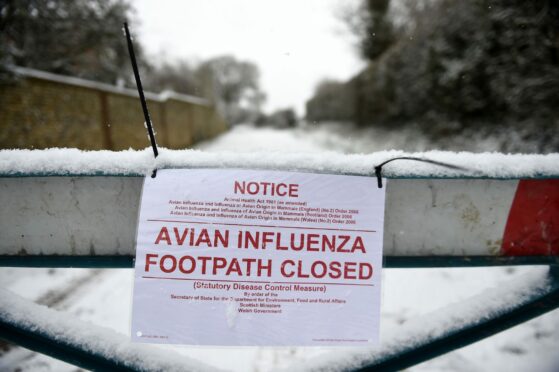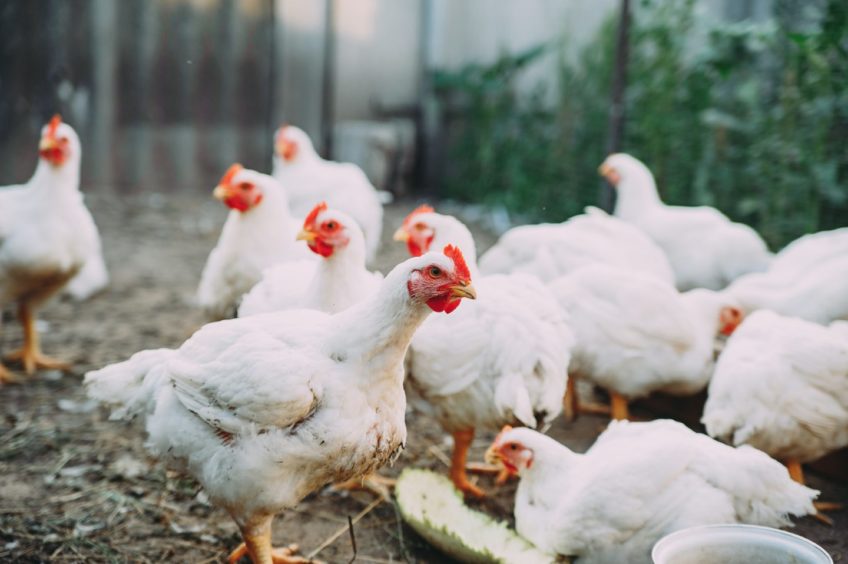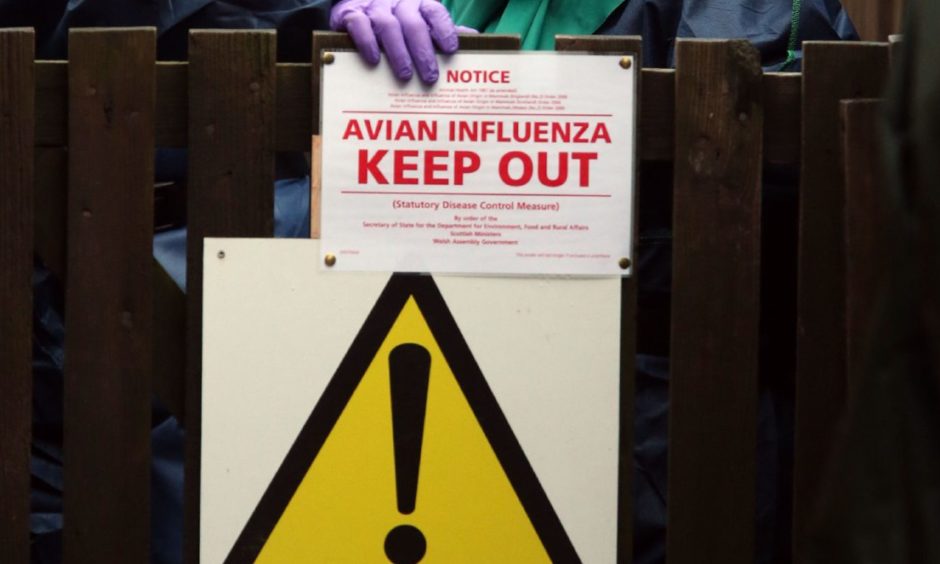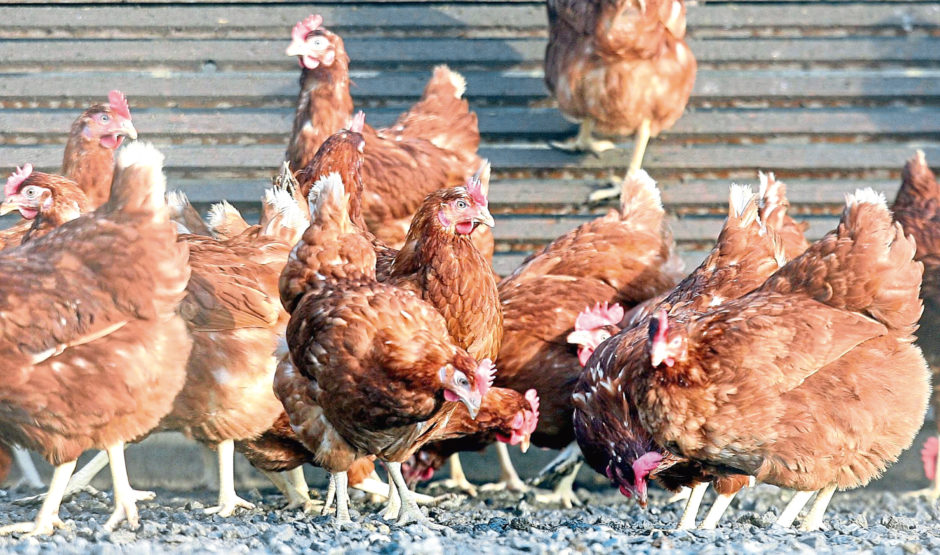Experts have identified a “highly pathogenic” strain of bird flu in Angus while a further case has also been identified in Fife, the Scottish SPCA has said.
The findings have prompted a number of restrictions to be put in place to contain the spread of the disease, and the remaining birds in the Angus flock have been humanely culled.
What is bird flu?
Bird flu, often referred to as avian flu, is an infectious virus that mainly spreads among birds. There are many different strains but it only rarely affects humans, according to the NHS.
What do we know about the bird flu cases in Fife and Angus?
The exact locations of the case in Fife has not been confirmed. The cases in Angus were identified by Arbroath farmer Amy Geddes among her pet flock at Wester Braikie Farms.
The Scottish SPCA said the Fife case was identified in a wild bird, while the Scottish Government said the case in Angus was found among a flock of birds.
They confirmed this flock would be killed humanely as part of measures to contain the spread, with the UK said to be on “high alert” for bird flu.
Experts say that laboratory tests have shown the strain to be “highly pathogenic” in poultry.
Are humans at risk?
Public health advice issued by the Scottish Government on Thursday said the risk to human health posed by the disease was “low”.
The Scottish Government also confirmed that food standards experts had said avian influenzas pose a “very low food safety risk”. They also stressed that cooked poultry products including eggs are safe to eat.
Official NHS advice says of the four strains of bird flu we know about, none infect humans easily.
Whilst some cases in humans have been reported elsewhere in the world, including several deaths, no humans have been infected in the UK.
It most commonly spreads to humans by touching infected birds and their droppings or bedding. It is not airborne.
What is the prevention zone?
Farmers and other bird keepers across the UK must tighten their biosecurity measures to prevent the spread.
A Protection Zone (PZ) of three kilometres and a Surveillance Zone (SZ) of 10 kilometres have now been put in place around the infected premises in Angus and Fife.
It is also a requirement for keepers of more than 500 birds to limit public access to their premises.
Scotland’s Chief Veterinary Officer Sheila Voas said: “This highly pathogenic strain of avian influenza (H5N1) has been confirmed and all remaining birds are being humanely culled.
“All bird keepers – whether major businesses or small keepers with just a few birds – must ensure that their biosecurity is up to scratch to protect their birds from disease.
“Keepers who are concerned about the health or welfare of their flock should seek veterinary advice immediately.
“Private vets, or the local Animal and Plant Health Agency office, will also be able to provide practical advice on keeping birds safe from infection.”
What should I do if I find a dead bird?
Scotland’s Chief Veterinary Officer said: “If a single dead wild waterfowl (swans, geese or ducks), a single dead bird of prey, or five or more dead wild birds of any other species (including gulls) are found at the same place at the same time, this should be reported to Defra’s national helpline.”
You can do this by calling 03459 33 55 77 and selecting option 7.










